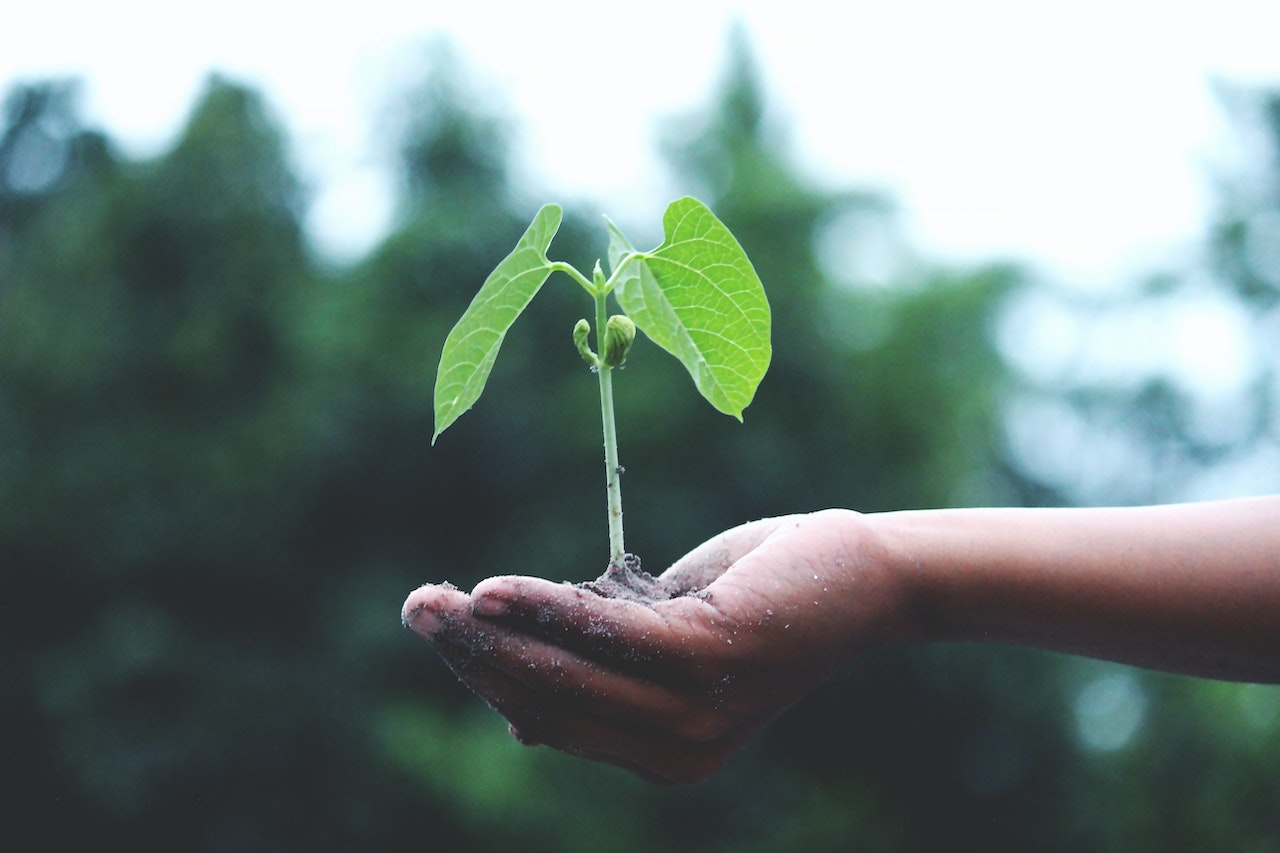This post was originally published on Sustainability Matters

Australia’s leading peak waste and recycling industry organisations have joined together to call for urgent action on the growing hazard posed by batteries and electronics in conventional waste and recycling streams.
Ten peak state, territory and national industry groups — comprising the Australian Council of Recycling, Australian Organics Recycling Association, National Waste and Recycling Industry Council, Victorian Waste Management Association, Waste and Recycling Industry Association (NT), Waste and Recycling Industry Association (Qld), Waste and Recycling Industry Association (SA), Waste and Recycling Industry Association (WA), Waste Contractors & Recyclers Association (NSW) and Waste Recycling and Processing Industry Association (Vic) — are demanding immediate measures to confront this escalating crisis.
With around 30 battery-related fires occurring daily across the country — amounting to over 10,000 fires a year — there is an ongoing risk to the operational safety of waste and recycling infrastructure, as well as the wellbeing of workers and the health of the environment.
Batteries are ubiquitous in consumer electronics, particularly in lithium-based chemistries. When improperly disposed of in conventional waste or recycling streams, they pose a significant fire hazard. The growing use of products like e-scooters and devices with integrated batteries further exacerbates the risk of fires and the release of toxic gases.
To combat this urgent issue, the waste and recycling industries call on Australian, state and territory governments to implement the following measures:
- Ban battery disposal: Prohibit the disposal of batteries in household and commercial waste, with penalties for non-compliance.
- Safe disposal networks: Establish easily accessible collection points for safe disposal of loose and embedded batteries across Australia.
- National education campaign: Launch a comprehensive awareness initiative to inform the public on proper disposal methods.
- Industry support: Provide support and resources, including insurance backing, to manage and mitigate the risks posed by batteries.
- Extended producer responsibility: Expedite national regulations, mandating producer responsibility to fund safe disposal and processing of all batteries and consumer electronics products.
-
Accountability targets: Set ambitious recovery targets for batteries and consumer electronics to ensure accountability across the market.
“The risks associated with improper disposal of batteries and consumer electronics are not just a concern for the waste and recycling industries; they affect every Australian,” said Suzanne Toumbourou, CEO of the Australian Council of Recycling. “We must act now to protect our people, our infrastructure and our environment.”
“Our industries are united in this critical call for action,” said Rick Ralph, CEO of the National Waste and Recycling Industry Council. “There must be immediate and coordinated action to tackle the battery disposal crisis.”
Image credit: iStock.com/Just_Super




0 Comments